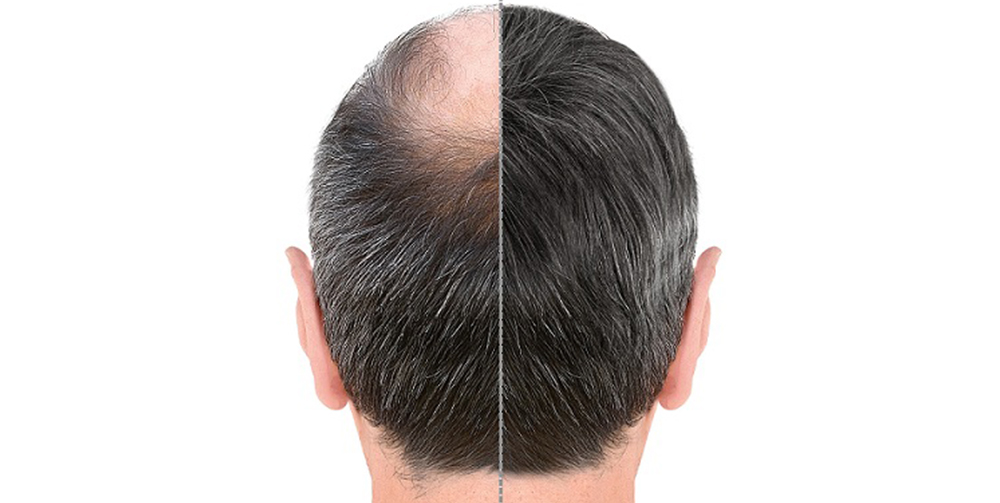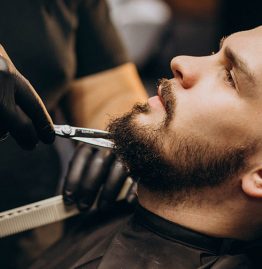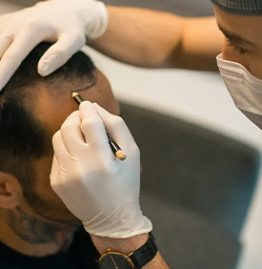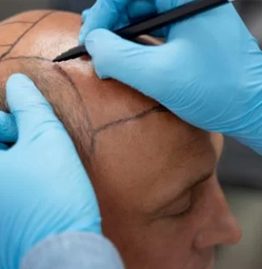Millions of people all around the world worry about thinning hair. Hair transplants have shown great promise for people facing major hair thinning or baldness to regain their hairline and self-esteem. The question is whether or not these methods provide the expected outcomes. The success of hair transplants will be explored, along with the elements that contribute to its success.
Hair Transplantation: What You Need to Know
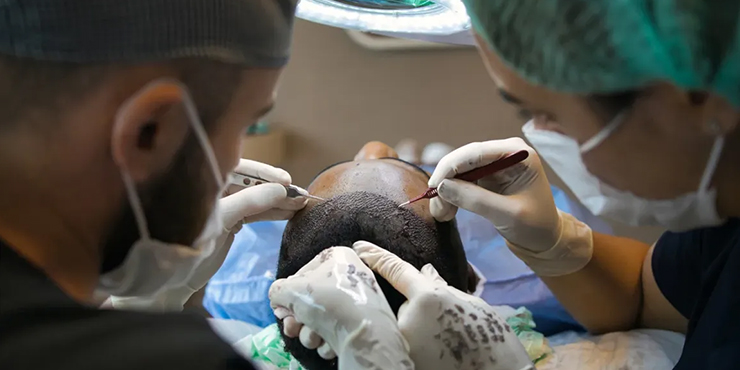
Hair transplant surgery aims to transplant hair follicles from one area of the body (often the back or sides of the head) to the balding or thinning areas. Follicular Unit Transplantation (FUT) and Follicular Unit Extraction (FUE) are the two most common methods of hair transplantation.
1. Effectiveness and Rates of Success
The extent of hair loss, the surgeon’s skill, and the chosen method all play significant roles in whether or not a hair transplant is successful. Most people who get hair transplants have thicker, fuller hair and a more youthful appearance. Eighty to ninety per cent of transplanted hair follicles have been found to take root and develop, producing hair that looks completely natural.
2. Natural Appearance
Recent advances in hair transplantation techniques, especially FUE, have greatly enhanced the undetectable quality of transplanted hair. Expert surgeons remove hair follicles one by one, taking care not to disturb their usual arrangement. With such accuracy, the transplanted hair will be unrecognisable from the rest of the scalp and blend perfectly with the natural hair.
3. Permanent Outcomes:
Hair transplants are a permanent answer to the problem of thinning hair. After a hair transplant, the new hair will follow the same growth pattern as your natural hair. Therefore, the transplanted hair will continue to grow normally and need the same maintenance as your native hair.
4. Technology development
Technological and surgical advancements have significantly increased the success rate of hair transplants. Hair follicles can now be extracted and implanted with more precision thanks to robotic equipment and cutting-edge surgical devices.
5. Personal Variables:
Hair transplants have a high success rate overall, but each patient’s experience will be unique. The effectiveness of the surgery depends on several factors, including the candidate’s age, general health, the severity of hair loss, and the quality of the donor’s hair. Candidates should meet with an experienced hair transplant surgeon and keep their expectations reasonable.
6. Treatment After Surgery:
Adherence to postoperative care recommendations is crucial to the success of a hair transplant. The best possible healing and hair growth can only occur with the correct aftercare, which includes being careful with the transplanted area, avoiding vigorous activity, and taking medications as advised.
Wrapping Up
Hair transplants are a successful and practical choice for many people experiencing hair loss, and this has contributed to a growth in the demand for hair restoration solutions. The confidence and quality of life of people who get hair transplants can be dramatically improved thanks to the advances in surgical methods and the doctors’ expertise. However, like with any medical surgery, success depends heavily on selecting a qualified surgeon. Individuals can begin the journey towards regaining a full head of hair and embracing their newfound confidence by studying the elements contributing to hair transplants’ success and having realistic expectations.















